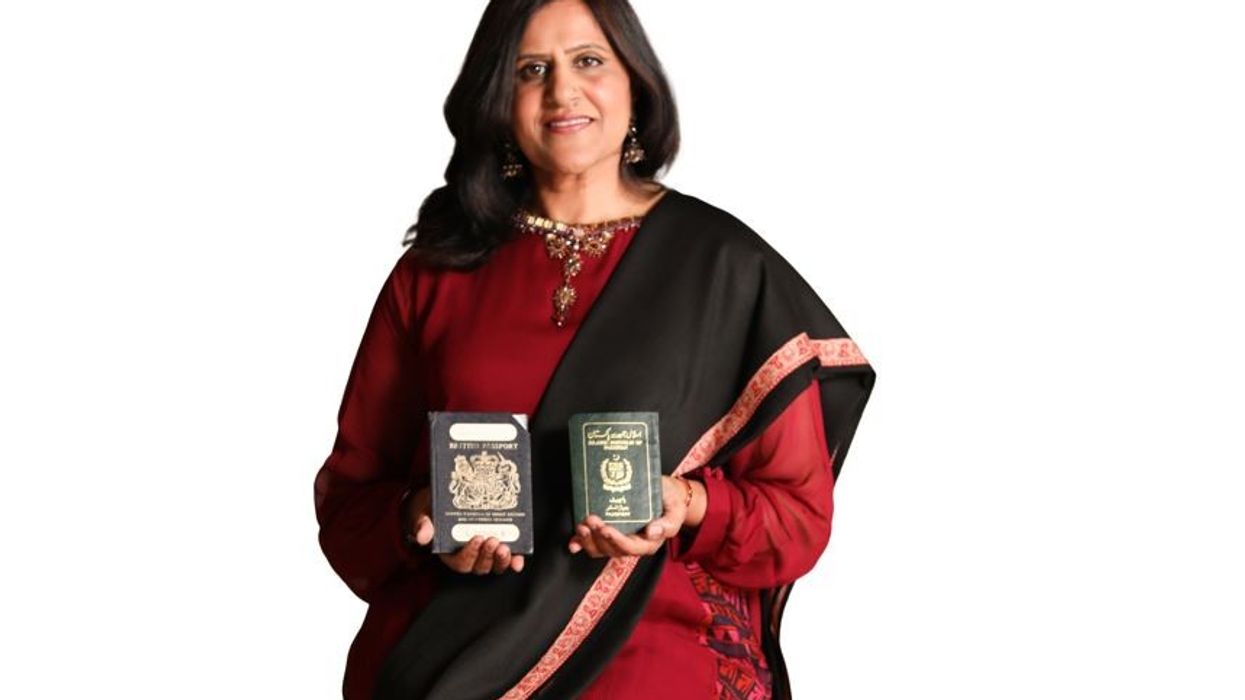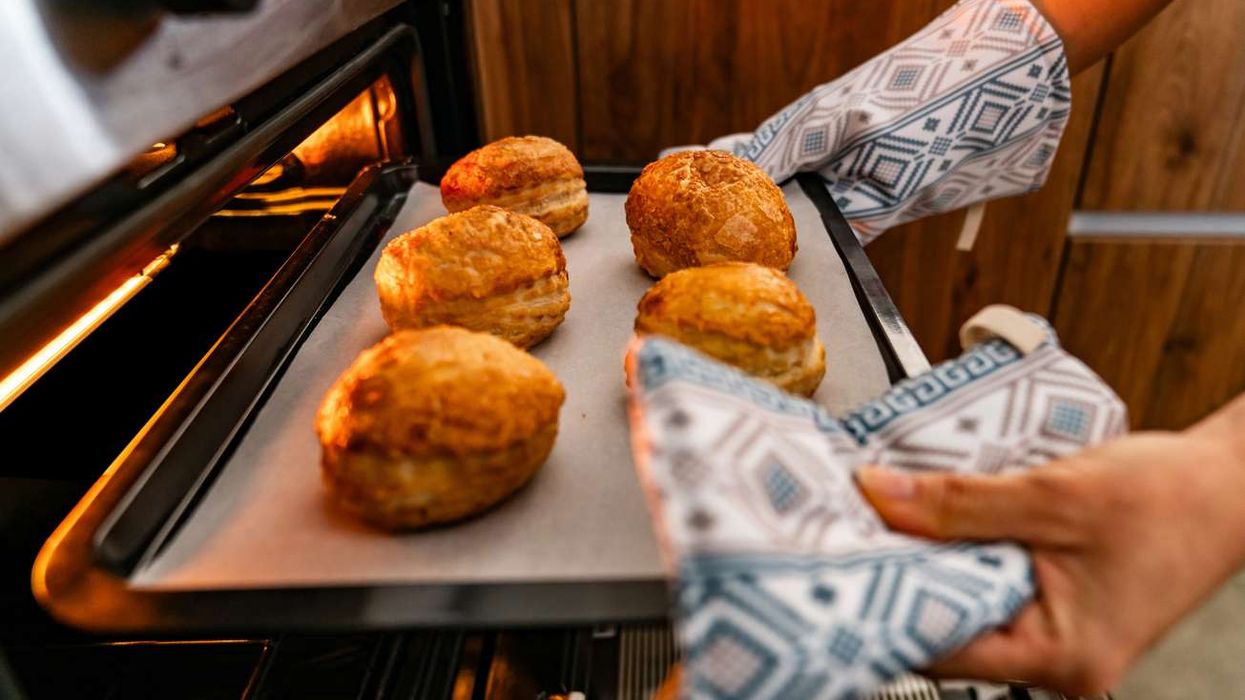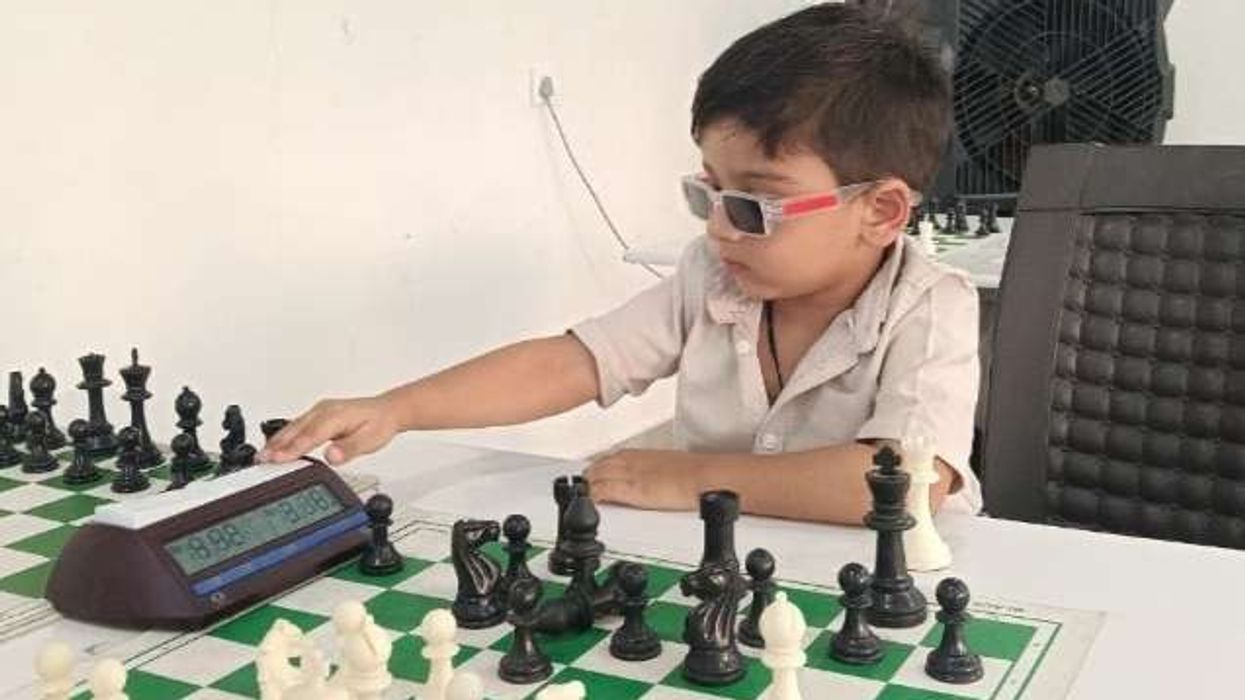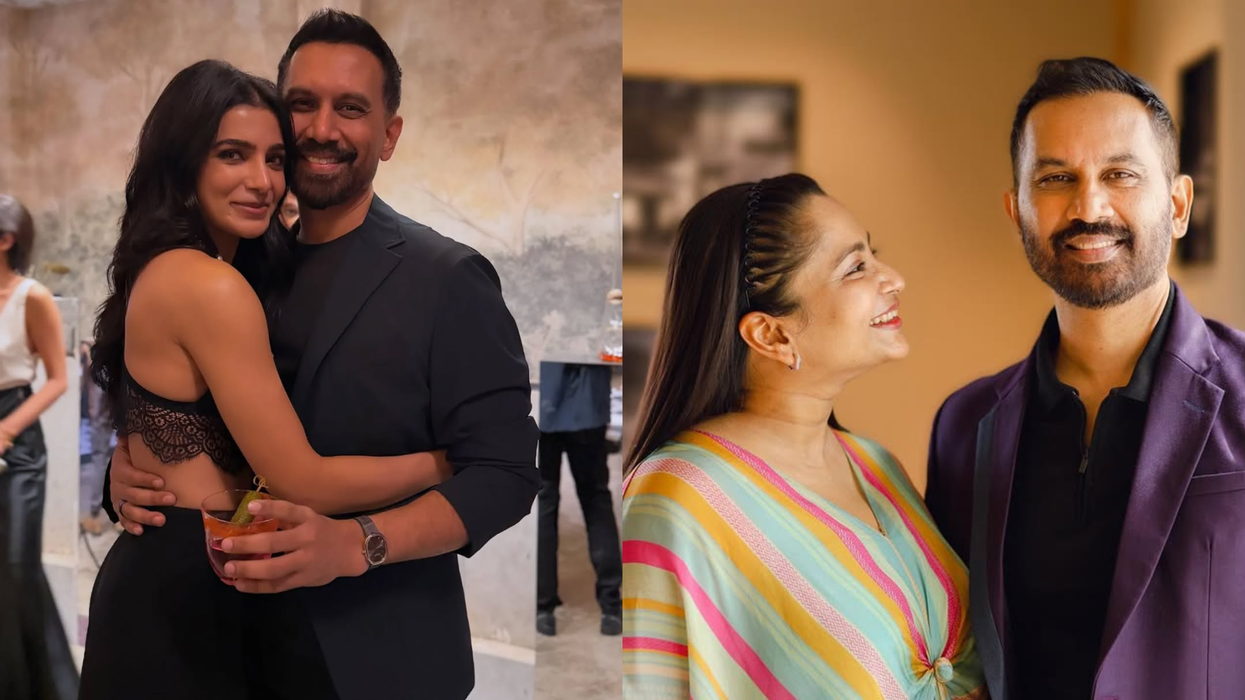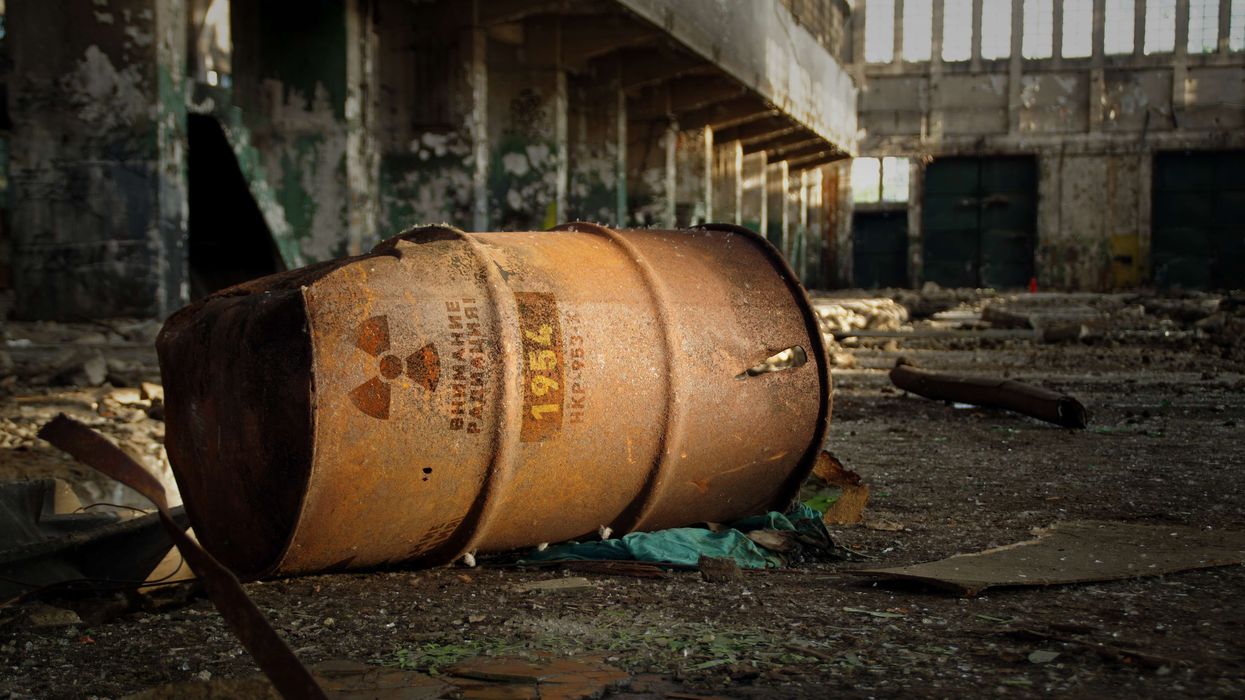THE first permanent gallery in the UK dedicated to the experiences, contributions and histories of the South Asian diaspora is set to open in Manchester Museum on February 18.
The new South Asia Gallery, which has a partnership with the British Museum, presents a contemporary take on South Asian history and culture.
It is co-curated by 30 experts from different backgrounds and includes community leaders, educators, artists, historians, journalists, scientists, musicians, and students from Manchester’s South Asian diaspora. Known as The South Asia Gallery Collective, they aim to offer fresh perspectives on culture and creativity of a community, underrepresented in the field of arts.
There will be a host of exhibitions and works in diverse languages, styles, and mediums aimed at all ages, backgrounds, and cultures. Among those spearheading the exciting new venture is Nusrat Ahmed, the gallery’s community producer and lead curator.
Ahmed spoke to Eastern Eye about the new gallery, the collective that runs it, its future aims and artistic highlights.
What are the highlights of the new South Asia Gallery?
An extraordinary new mural from British artists The Singh Twins, which is an emotional map of the British South Asian diaspora experience. It is the first thing visitors will see when they enter the gallery. The rest of the gallery has diverse objects – from a Bangladesh imported rickshaw decorated in Manchester, to a seven-foot-tall self-portrait by local artist Azraa Motala – exploring what it means to be a British Asian today.
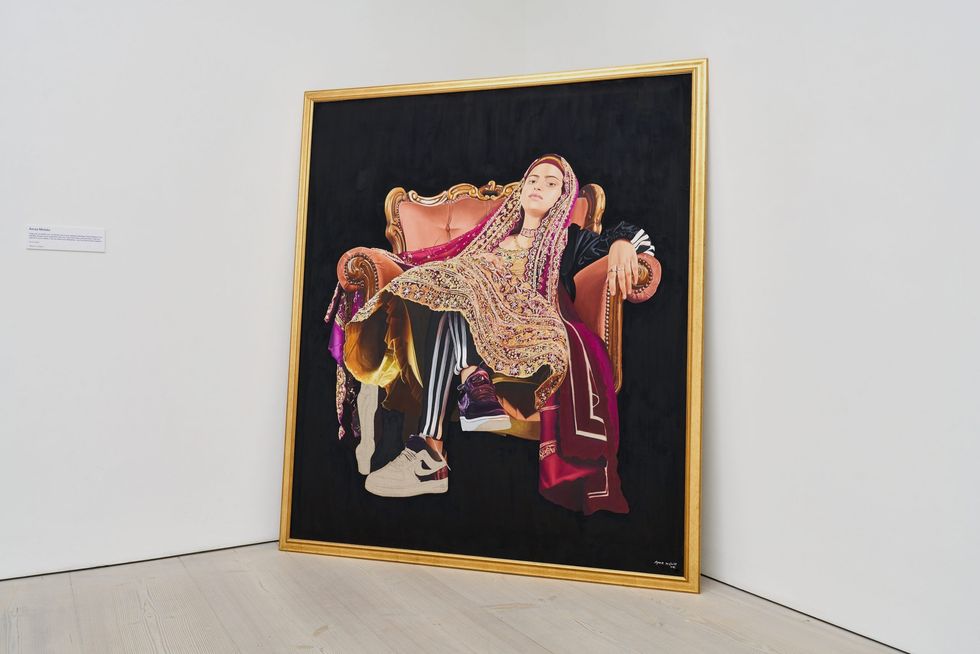
Can you tell us about the pieces loaned from the British Museum?
The South Asia Art Gallery Collective has selected 45 spectacular and historic loans from the British Museum to further illuminate stories in the gallery. These range from a statue of the Buddha from ancient Gandhara to a miniature model of a Charkha spinning wheel, a symbol of self-sufficiency for Mahatma Gandhi and the Indian independence movement.
How has the South Asia Gallery Collective worked together?
They have co-curated the gallery with a unique spirit of collaboration. The collective has grappled with different subjects to offer insights and perspectives through objects and installations. For example, a member of the collective, Talat Farooq Awan, has loaned his great-grandfather’s World War 1 uniform for display. It is part of a story that recognises the South Asian contribution to international wars, within the Movement and Empire anthology.
Tell us how the collective has shaped the new gallery?
The gallery is divided into anthologies, or themes, including Past and Present, Environments, British Asian and others. Much of the content draws on the collective members’ lived experience, heritage, and expertise. They have centred their storytelling and development of the gallery around personal and professional experiences, along with their own research and interests. This personalised approach humanises the gallery, with stories about real people and their objects.
You are a member of the South Asia Gallery Collective and community producer at Manchester Museum, which is part of University of Manchester. Tell us a little more about your role?
As a lead curator of the South Asia Gallery, my role is multifaceted – I care for people, their stories and the relationships we hold with our communities. Co-curation is very rarely seen at this scale, and I feel really proud and excited to be part of it.
Is there a space for new talent at the gallery?
Absolutely, the new gallery showcases work of incredibly talented artists. Although it is a permanent space, by no means is it static. It will continue to evolve and develop over time. We will change displays and work with different communities and artists to showcase new stories and objects. My next objective is to work with south Asian communities who are not included in the gallery’s first edition.
How important is a space like this for Asians?
I am a first-generation, British-born south Asian and when I was growing up, I felt that I didn’t belong in museums. If I had the opportunity of seeing myself within museum spaces, through the stories being told, then finding ways to connect to my heritage would have been far easier. Representing the south Asian diaspora and preserving south Asian history in museums is long over-due and incredibly important.
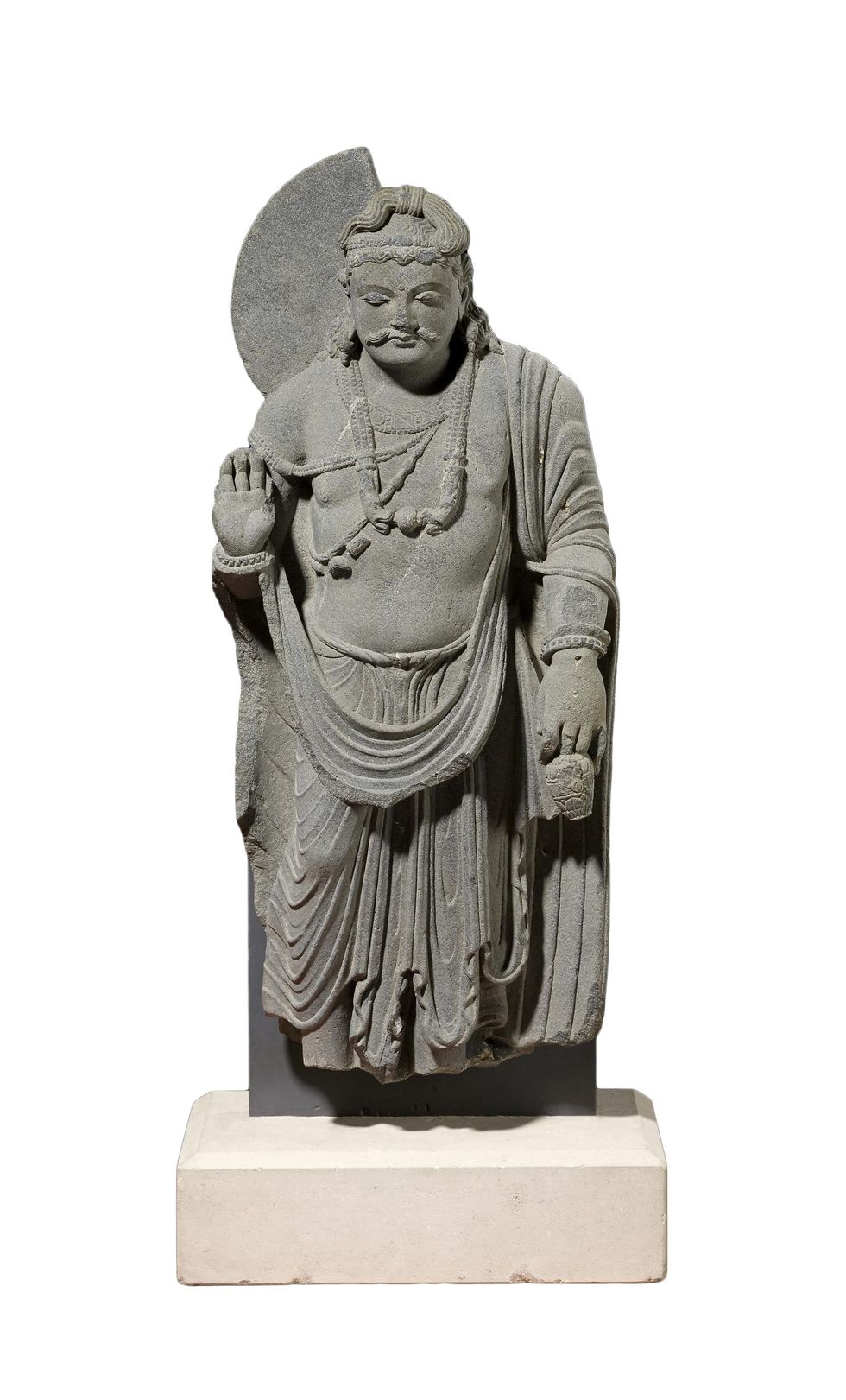
Whom do you expect to see at the gallery?
I hope as many people as possible from different backgrounds and places come to see the new South Asia Gallery. It offers much-needed space for South Asian people like myself, to express themselves and connect to their heritage. I’m also optimistic this will create a common ground for connections and new opportunities for collaboration, which will bring us closer together.
Are you looking to build bridges internationally?
My vision is for the South Asia Gallery to have an international reach, connecting rural south Asian communities to Manchester’s south Asia diaspora and celebrating our similarities. I also hope people who are not from south Asia and have never visited the region will come to the gallery to learn more about the rich history of south Asia and its influences globally. There is an extraordinary convening power in bringing lived experience, objects, art, and performance together, which is what this gallery strives for.
How can art connect communities and build understanding?
By drawing upon collections and diverse cultural perspectives, museums can help to build better understanding between cultures and become more relevant to communities they serve. The new South Asia Gallery disrupts the narrative of ‘otherness’, and instead shines light on rich stories of the south Asian diaspora. Within these stories, visitors may find common connections and bonds, which will bring people closer together and create empathy.
Are you hoping the South Asia Gallery inspires other cities to introduce something similar?
Yes, I hope other cities are inspired to put real people at the heart of museums and galleries. There is a need to create spaces where local communities can contribute to the development of museums. Museums can help broaden our understanding of the world and offer care to diverse communities.
Why should we visit the South Asia Gallery?
This beautiful new gallery is a place for stories to be told through a south Asian lens. Heartfelt stories and objects will allow visitors to explore what it means to be south Asian. The gallery shines light on the multiplicity of this region and celebrates contributions of the south Asia diaspora in Britain past and present. As well as being a place for learning and inspiration, it will bring joy and wonder to so many.
www.museum.manchester.ac.uk
